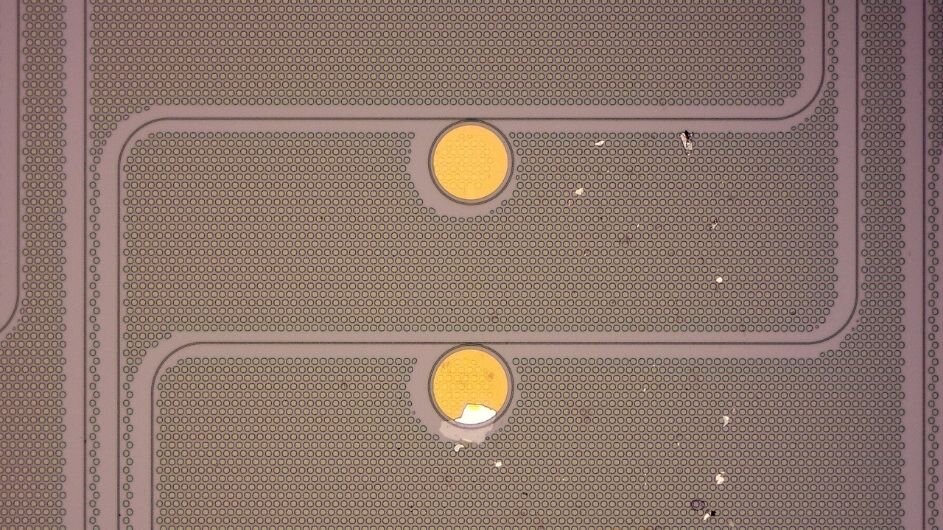The silicon revolution gave birth to the gadget on which you are currently reading this article. Researchers employ doping, a procedure that inserts either negatively charged electrons or positively charged “holes” where electrons used to be, to manipulate silicon’s current-conducting characteristics in order to develop contemporary electrical circuits. This permits the flow of electricity to be regulated, and it entails inserting additional atomic elements into silicon’s three-dimensional (3D) atomic lattice that can alter electrons, known as dopants.
The 3D lattice of silicon, on the other hand, is too large for next-generation electronics like ultra-thin transistors, novel optical communication devices, and flexible bio-sensors that may be worn or implanted in the human body. Researchers are working with materials that are no thicker than a single sheet of atoms, such as graphene, to trim things down. However, the tried-and-true method for doping 3D silicon does not work with 2D graphene, which is made up of a single layer of carbon atoms that ordinarily does not carry electricity.
Researchers have explored laying on a “charge-transfer layer” to add or remove electrons from graphene instead of injecting dopants. Previous approaches, on the other hand, utilised “dirty” materials in their charge-transfer layers, which left the graphene unevenly doped and hampered its capacity to conduct electricity.
A recent research published in Nature Electronics provides a better solution. An interdisciplinary team of researchers led by Columbia University’s James Hone and James Teherani and Sungkyungkwan University’s Won Jong Yoo propose a clean way to dope graphene using a charge-transfer layer built of low-impurity tungsten oxyselenide (TOS).
The new “clean” layer was created by oxidizing a single atomic layer of tungsten selenide, another 2D material. They discovered that when TOS was put on top of graphene, it caused the graphene to become perforated with electricity-conducting holes. By sandwiching a few atomic layers of tungsten selenide between the TOS and the graphene, the holes may be fine-tuned to better regulate the materials’ electricity-conducting capabilities.
The researchers discovered that their novel doping approach increased graphene’s electrical mobility, or how readily charges pass through it, compared to earlier attempts. Adding tungsten selenide spacers enhanced mobility even further, to the point where the TOS has no influence, allowing mobility to be governed solely by graphene’s inherent characteristics. Graphene has a higher electrical conductivity than highly conductive metals like copper and gold due to its combination of high doping and mobility.
According to the researchers, while the doped graphene improved at conducting electricity, it also became more transparent. This is because of Pauli blocking, a phenomenon in which doped charges prevent the material from absorbing light. The graphene became more than 99 percent transparent at the infrared wavelengths utilized in telecommunications. The ability to move information through light-based photonic devices requires a high level of transparency and conductivity. Information is lost when too much light is absorbed. The researchers discovered that TOS-doped graphene had a substantially lower loss than other conductors, implying that this approach might be useful for next-generation ultra-efficient photonic devices.
Hone explained, “This is a novel technique to alter the characteristics of graphene on demand.” “We’ve just just started looking at the potential of this new method.”
One potential possibility is to change the TOS pattern and imprint electrical circuits directly on the graphene itself to change the electronic and optical characteristics of graphene. The team is also focusing on incorporating the doped material into innovative photonic devices, which might be used in transparent electronics, telecommunications, and quantum computers.


